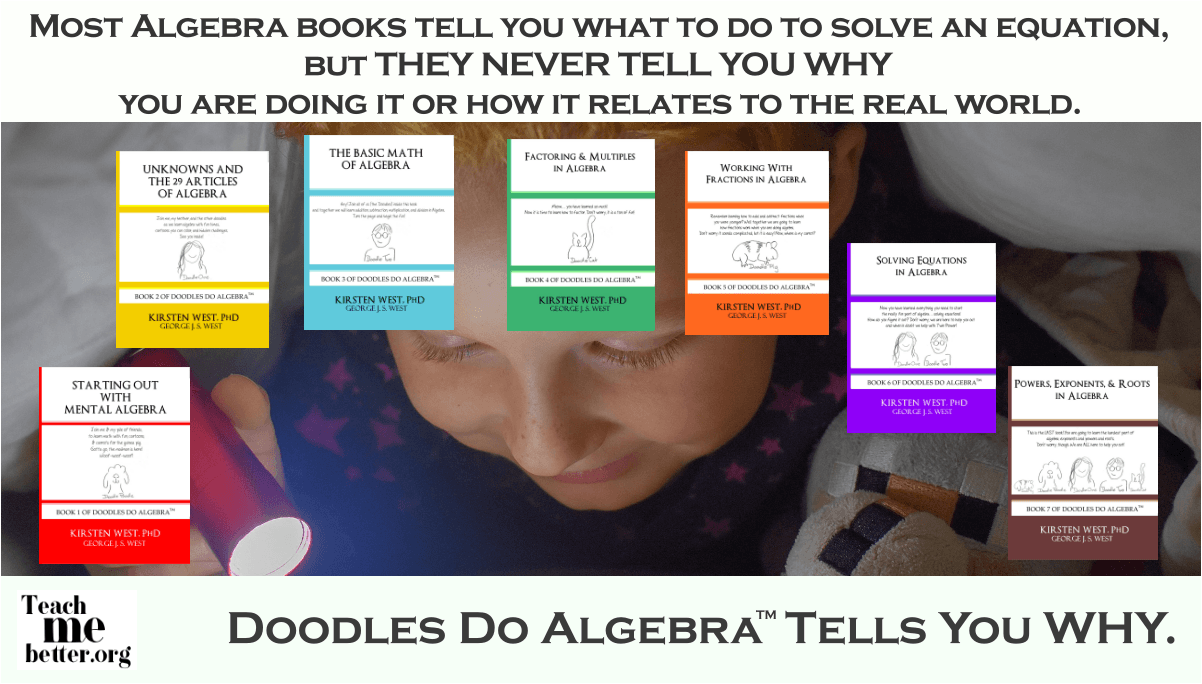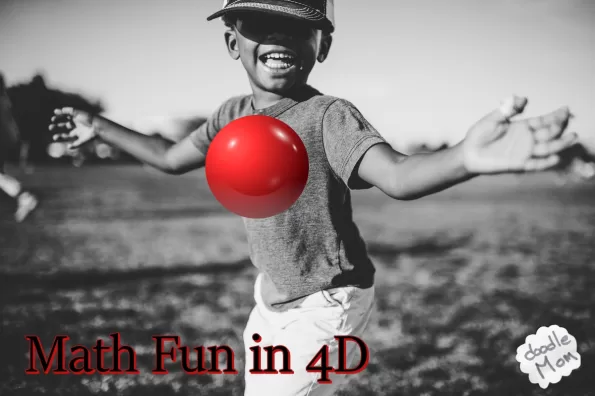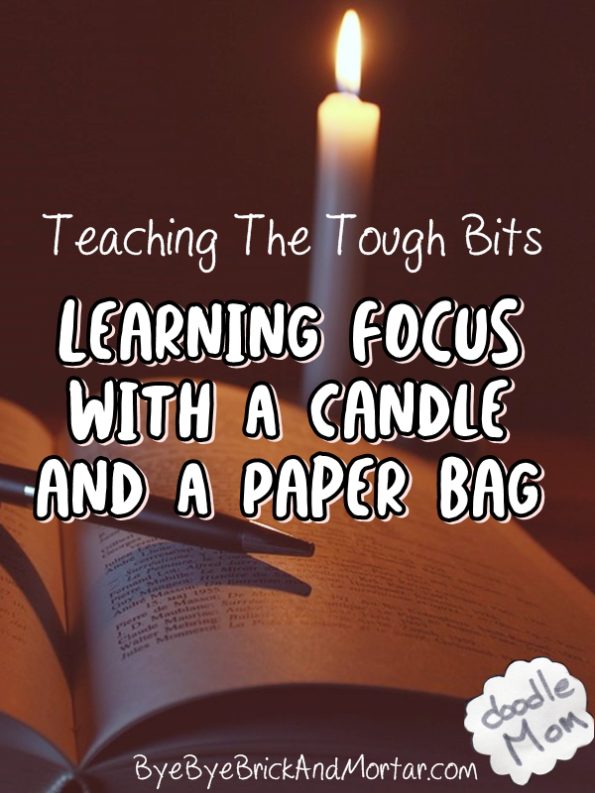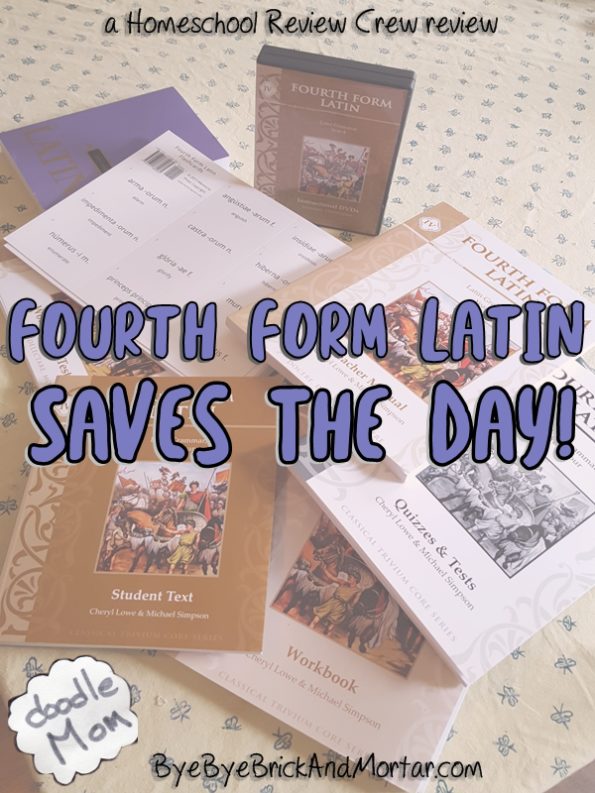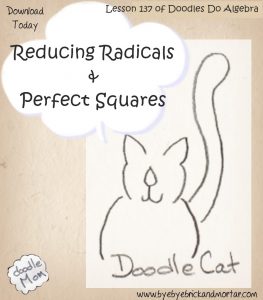

How do you teach your child to reduce radicals?
No, this is not advanced nuclear chemistry or using a shrink ray on protesters in the streets.
It really is math, well, part of algebra for our purposes.
The new idea your child in this lesson focuses on the concept of a monomial that is a perfect square. Now my test subjects (son and daughter) were divided on the issue of whether the explanation on the worksheet was sufficient today, so I am adding a more visual explanation of a monomial that is a perfect square here for you to do with your child as an optional activity if you think it is necessary.
Activity To Understand The Perfect Square
First You Have To Prep a Bit
Get some paper and cut it into different sized squares. For that matter, you could use any item you have around the house. You just need at least three different items and they need to be square.
After you have your three squares together, take some tape, or something else that is sticky and that you can write on and put a piece on each side of each of the squares (actually you only need it on adjoining sides, but it may be easier for your child this way).
OK, The Prep Is Over, Teaching Can Now Start!
Sit down with your child.
Grab the smallest square object and explain that this is a perfect square – each side is the same length. You could call it 2 inches by 2 inches (or roughly whatever size the object is that you have in your hand) OR you could call it ‘x’ inches by ‘x’ inches or ‘half an apple’ by ‘half an apple’ or ’6 marbles’ by ’6 marbles’. It really doesn’t matter what you call it, the important thing is that each side is the same.
Pretend it is 4 marbles by 4 marbles. The area of that square would then be 4 marbles times 4 marbles, or 16 marbles. 16 is called a perfect square because 4 times 4, or 4 squared, is 16. (your should see her eyes light up with recognition right about now).
Time To Get Fancy With Unknowns
Go back to that same square. Explain that if instead of 4 marbles on a side, you had no idea how long it was so you called it “x” marbles by “x” marbles (unknown number of marbles on a side) then the area of the square would be x times x, or x squared marbles. And that, too is a perfect square, just like 16.
Here Come The Radicals!
Now armed with the idea of a perfect square in terms of numbers (like 22=4, 33=9, and 44=16), and in terms of letters or unknowns (like xx=x squared), you can reach for the other two sized squares you have gathered.
On the smallest, write 2 on each side, on the largest write “3” on each side and on the middle sized square write “2 times square root of 2” on each side.
Now explain that the area of the small square is 2 times 2 or 4, the area of the largest square is 3 times 3 or 9, and that the area of the middle square is 2 root 2 times 2 root 2, or 2 times 2, times root 2 times root 2 which equals 4 times 2, or 8.
Make sure she understands this last bit (you might write it out in the center of the middle square or on a separate piece of paper).
Now go back to the littlest square and show her that is a perfect square because each side is an integer (2), and then show her that the largest square is also a perfect square because each side is also an integer (3). Now pick up the middle square again and show her that this middle square is not a perfect square because each side is not an integer. 8 is not a perfect square but 8 contains a perfect square times another number. Show her that 8=4*2 and that 4 is a perfect square (you just need to grab that smallest square with the area of 4 and 2 on a side to show her now). So the square root of 8 is the square root of 4 times the square root of 2, or 2 times the square root of 2.
Finally explain to your child that you can extend that idea beyond numbers to x’s and a’s and other letters.
Then you can walk her through the example on the downloaded worksheet.
This was a long explanation, but if you have a child who is spatially-focused (especially those kids who are dyslexic) this might be a very good way to explain the topic.
Interested in a free-until-I-publish-my-next-algebra-book download that helps you child practice these concepts (complete with an answer key)?
Then check out my math site at www.teachmebetter.org and look for Lesson 137: Reducing Radicals & Perfect Monomials.
Want To Start At The Beginning of Algebra?
If You Want To Start At The Beginning Of These Algebra lessons for the creative child, then check out “DoodlesDoAlgebra” a series of math books in ebook and paperback that helps you teach your child Algebra with common sense, kindness, creativity, and a bit of fun.

